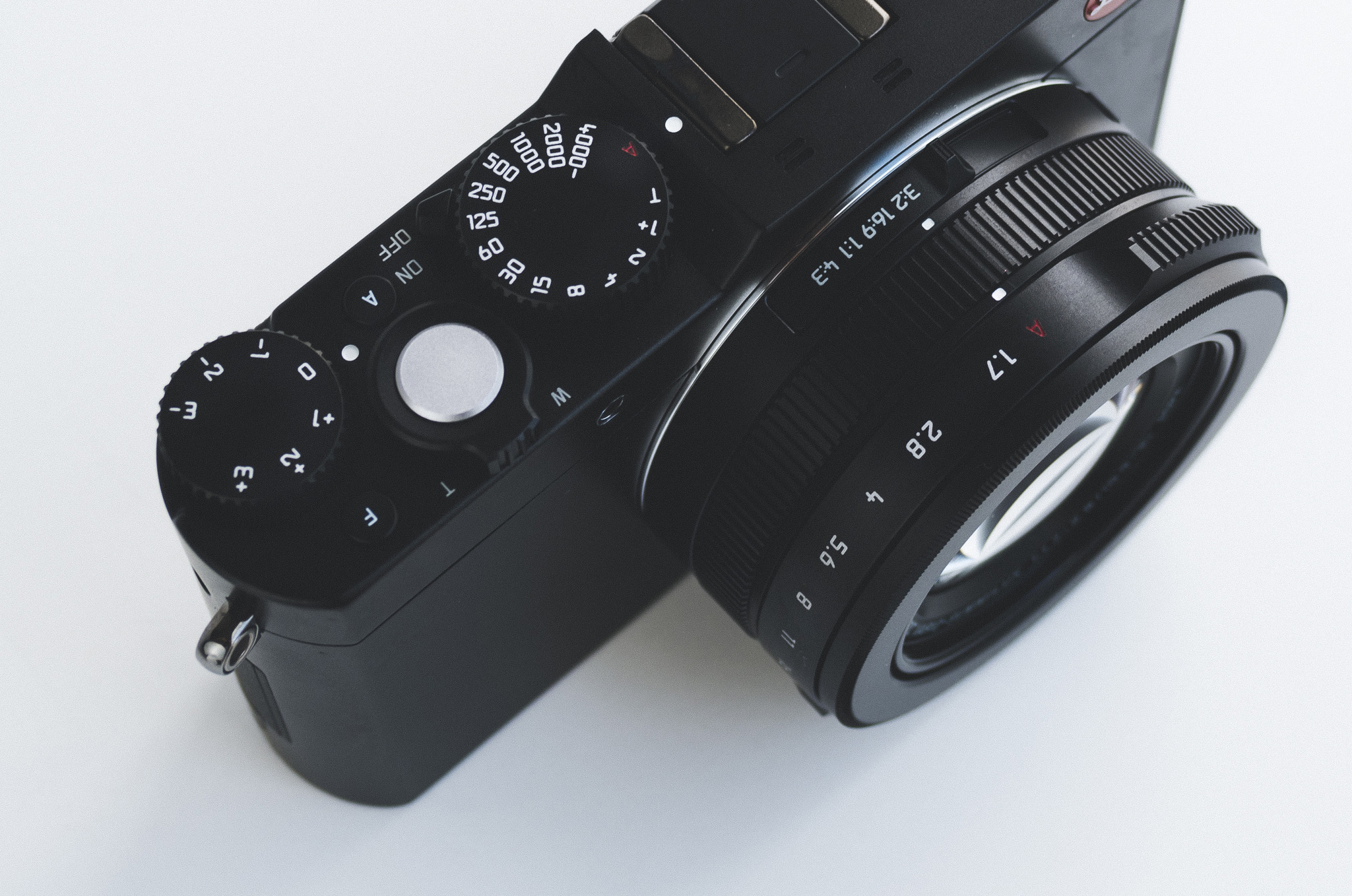Behind the scenes at a fashion show - Leica M Monochrom and flash
I wanted to test out the Monochrom with flash so I rigged up a sync cable to the Leica SF-58 along with a bracket I already owned from a previous camera system. Worked quite well although I was in fully manual mode, no TTL due to the sync cord being from a different manufacturer. Skin tones take on a silver look, similar to the old days of black and white film. I really enjoyed using this combo.
Look at the hands of all the models. They are just about to go out on the runway so they are at their most nervous.



